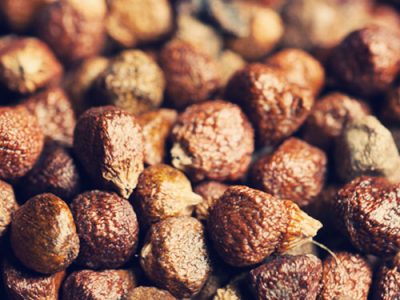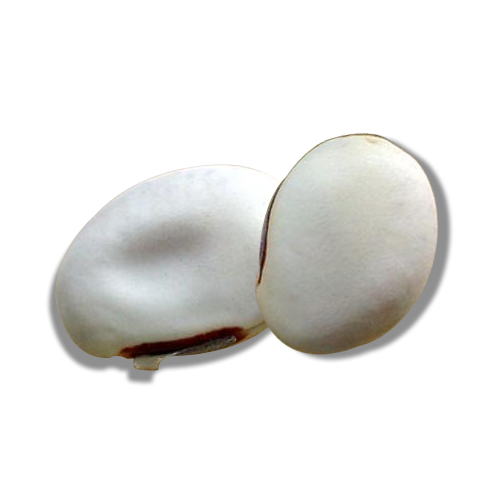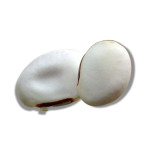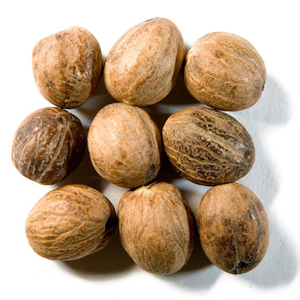

Edible Jacknuts Nutrition Aspects and Health Facts
Jacknut
Jacknut is the seed of the jackfruit with scientific name – Artocarpus heterophyllus , that is also known as the Jack tree. The tree is a member of the mulberry and fig family. The jack tree is a native of south and south-east Asia. The origination is believed to have happened from the south-western tropical rain forests of India that receive a high amount of rainfall through out the year with the best soil conditions. The tree is basically best suited to tropical lowlands. The jack fruit is the largest tree-borne fruit. The jacknut finds its significance in multiple regions of the globe in terms of cultivation and consumption as a nutritious food item.
Generally, jacknuts are collected from the ripe fruit, and then are subjected to the sun before being sent into the storage process. These stored seeds are then to be used during the rainy seasons and this practice is followed in many parts of south Indian states. When plucked out of the fruit, the jacknuts reveal a slimy and sticky appearance which is washed out with water initially. To prevent the seeds from being drying out, they must be immediately packed into polythene bags for one or two days. A proper germination is ensured by soaking the seeds into clear water for 24 hours.
Consumption and culinary significance
Jacknuts are highly edible and are rich of various minerals that ensure good metabolism rate in humans. Boiled jacknuts also are edible as is the practice in many south-Asian countries. These nuts are very similar to the Brazil nuts, and are used as curries in many parts of India, especially in Kerala state. In Java, the nuts are normally cooked and then seasoned with salt to be used as a snack.
The edible seeds of the jackfruit are believed to possess a salty and milky taste. They can be boiled, baked or roasted. The seeds resemble the chestnuts in taste once boiled. The seeds are used either after boiling or fire roasting to be used as snacks or to prepare desserts. The fruit is used with rice to make the traditional and well-known breakfast dish of southern India, the idli. Even the leaves of the jackfruit tree can be brought into use for wrapping while steaming. In many places of south India, the jackfruit flesh is mixed with batter to prepare jackfruit dosas.
Nutritional aspects
The nutritional values of jackfruit bulbs are as follows:
- One can easily obtain 95 calories from 100 g of the jackfruit bulbs. It is involved majorly in the replenishment and revitalization of the body.
- It is rich in dietary elements that eliminate cancer-causing chemicals from the colon.
- The fruit contains significant amounts of vitamin-A which prevents lung and oral-cavity cancer risks.
- The anti-oxidant vitamin-C is also found abundantly in Jackfruit bulbs and it resists the body from common infections and builds strong immunity for the long run.
- The bulbs are also rich in the B-complex vitamins that help in the proper growth and metabolism of the body.
- The jacknut and its fleshy bulb covering are good sources of potassium, manganese, magnesium and iron. Potassium is an integral element of body cells and fluids.




